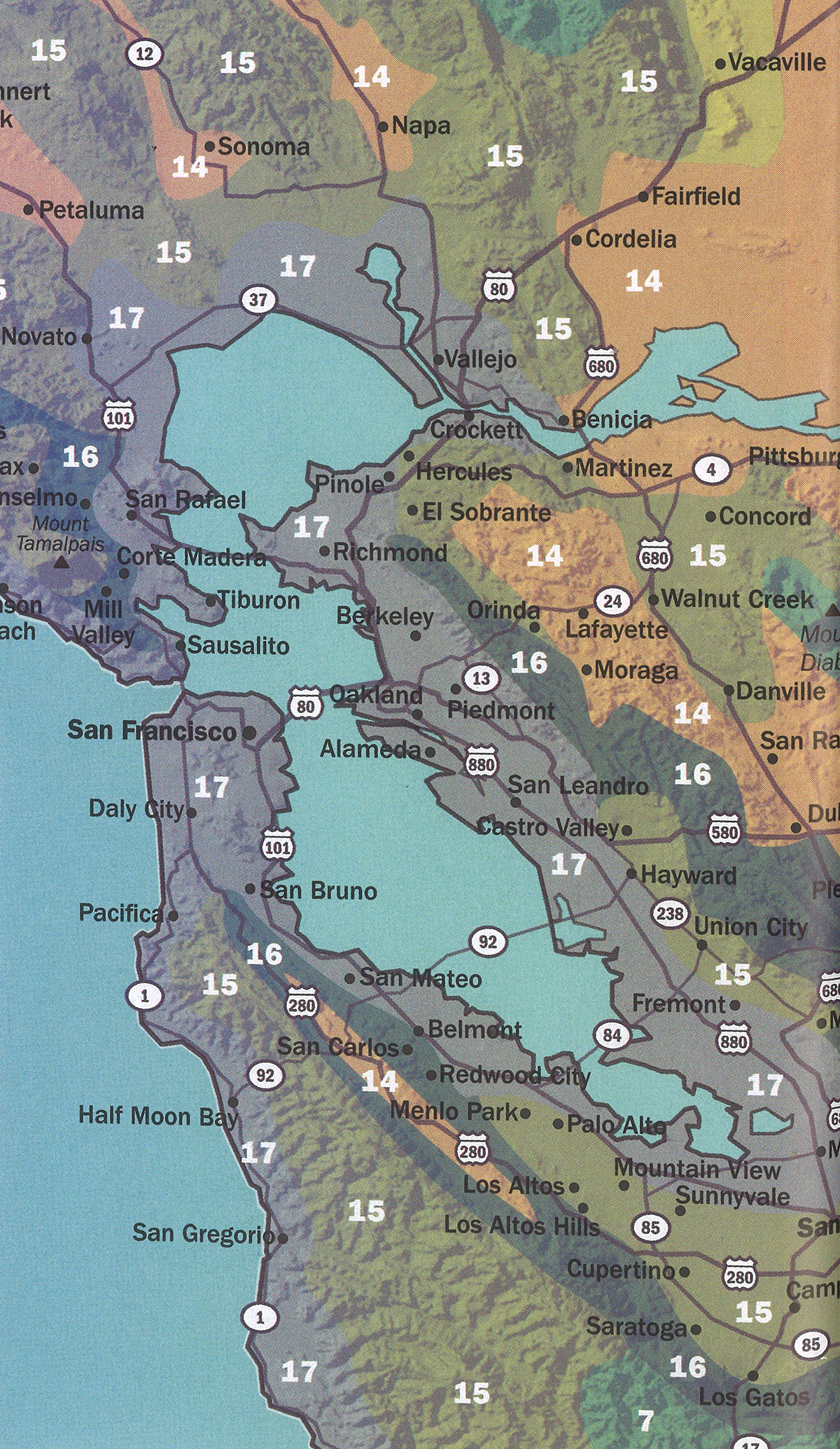
| synonyms | Musa acuminata × balbisiana (ABB Group) 'Blue Java' x Musa (ABB Group) 'Namwah Kom'/'Dwarf Namwah' | |
| height | 6–12ft | |
| width | 6–18ft | |
| tolerates | Heat, Moist Soil | |
| water needs |
High | |
| water info |
Water this plant regularly, when the surface of the soil feels dry. Usually this will mean once or twice a week in dry weather. Use drippers, emitters, or a slow stream of water so that it doesn’t run off; allow the water to trickle all the way down through to the deepest layers of soil. In a pot slowly water the entire surface until water comes out of the bottom of your pot. | |
| hardy to |
30F | |
| exposure | Part Sun – Full Sun | |
| indoor outdoor |
Outdoor | |
| drainage | In Ground: Planting Mix, In Pots: Potting Soil | |
| fertilizing | All Purpose | |
| origin | Agriculture | |
| california native |
No | |
| sunset zones |
8, 9, 11–H2 |
Full Sun
Six or more hours of sun beams directly landing on the plant's leaves.
Part Shade
Three to five hours of sun beams directly landing on the plant's leaves.
Part Sun
One to two hours of sun beams directly landing on the plants leaves.
Full Shade
The plant is never fully lit by sun beams,
but is in a bright spot or has dappled sunbeams playing over the leaves throughout the day.
Deep Shade
The plant never has dappled light on the leaves, and is in a place that feels dim, even on a nice sunny day.
